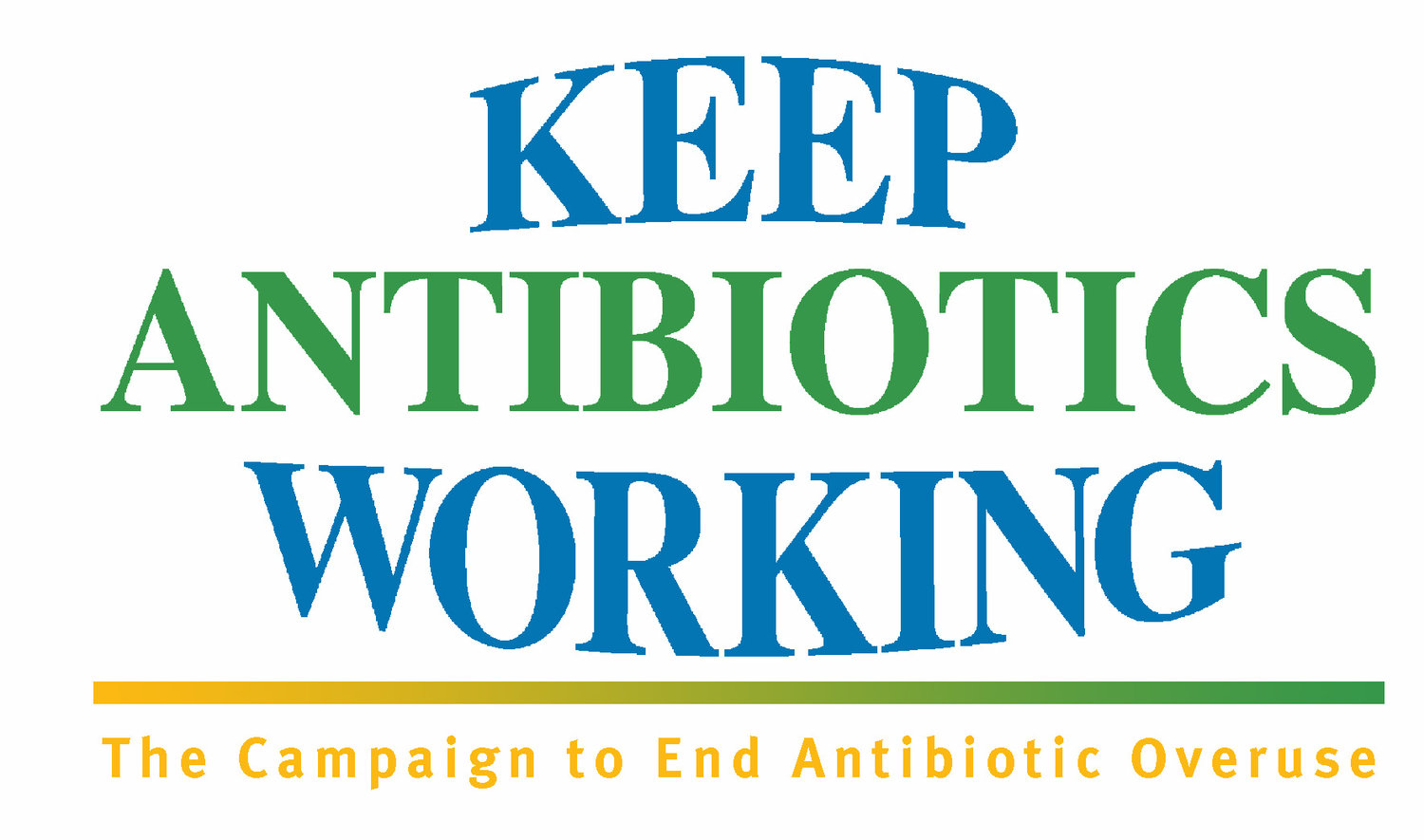Healthy Pigs do not need Antibiotics
Steve Roach, Safe & Healthy Food Program Director, Food Animal Concerns Trust
The way most pigs are raised in the US makes them sick. The US produces over 100 million pigs each year and most of them are raised under conditions that lead to consistently sick animals. Farms manage this with antibiotic drugs in the animal’s feed. Pigs are most at risk for disease after weaning when they are switching from milk to solid grain-based diets. Weaning in itself is stressful as their guts have to change to digest sold food not milk, baby pigs are no longer getting antibodies that help fight off disease from their mom’s milk, and they are often moved to new buildings where they are crowded and mixed with other pigs. They often are still recovering at this point from having their teeth clipped, being castrated, and having their tails docked. All of these things are stressful for the animals. You would think that pig producers would do whatever they can to keep their pigs healthy.
Sadly, they do not. Most pigs in the US are weaned at around 20 days, this is way too early and leaves them vulnerable to stomach illness. Studies have shown that extending the weaning age by just five days to when the animals have more mature digestive systems reduces the need for treatment by 50%. Keeping the baby pigs with their mom’s even longer would provide even more benefits. However, this is still not enough. Improving ventilation and adding straw or other bedding, providing clean water and appropriate diets, and more generally getting animals out of barren crowded barns is needed for animal health. Raising healthier pigs also likely requires smaller farms since the larger the farm the more mixing of animals together is needed.
The reason large confinement operations do not do all these things needed for healthy pigs is that the unhealthy way is cheaper, but it only works because of the availability of cheap antibiotics that keep the inevitable disease from getting out of hand. Keeping pigs longer with their moms means it takes longer before she can have another set of baby pigs and the pig company needs more space to raise the same number of pigs each year. Giving more space per pig also means fewer pigs per pen. Better ventilation costs more money and becomes more complicated as farms get larger. If pigs are given bedding not forced to sleep on concrete slats, then it is more work to bring in new bedding and clean out the old bedding. Improving conditions is better for the pig but worse for the bottom line. This bottom line though does not consider animal suffering nor the cost to society from antibiotic resistance.
Because pig confinement operators expect all of their pigs to get sick, they routinely give them antibiotics at periods of high stress such as weaning. They do not wait to see if animals will get sick, but assume they will and feed antibiotics at set times during the life of the pigs. Using antibiotics in animals before they have signs of illness is called disease prevention. The routine use of antibiotics for disease prevention, because it leads to large numbers of animals getting the drugs for weeks if not longer, is a great way to produce superbugs. Superbugs are bacteria that can no longer be treated with antibiotics that once were used to treat them. As superbugs become more common, people and animals get more difficult to treat infections that lead to more severe illness, hospitalization, and death.
It does not need to be this way. If you read the recommendations for what is needed to successfully raise pigs without antibiotics, they pretty much describe what I have listed above: later weaning, less crowding, better ventilation and better diets. Food Animal Concerns Trust does not think raising healthy pigs should be a niche market but instead all pigs should be raised under healthy conditions and antibiotic use should be limited to treating animals that are actually sick or in a group where disease has been diagnosed. Disease should be prevented by providing healthy living conditions, not routinely administering antibiotics. The goal should be to avoid creating situations where animals are at a high risk of disease, not managing that high risk with drugs. Healthy animals do not need antibiotics.
This will mean that pork costs more but the pigs will be healthier and fewer people will be infected with difficult to treat superbugs. We do need to do more to make sure that all people have access to healthier, nutritious food but cheap food should not come at the cost of unhealthy animals and the creations of dangerous superbugs.
Cover Photo: Healthy pigs at High Desert Hogs in Oregon, a 2022 Fund-a-Farmer grant recipient.
